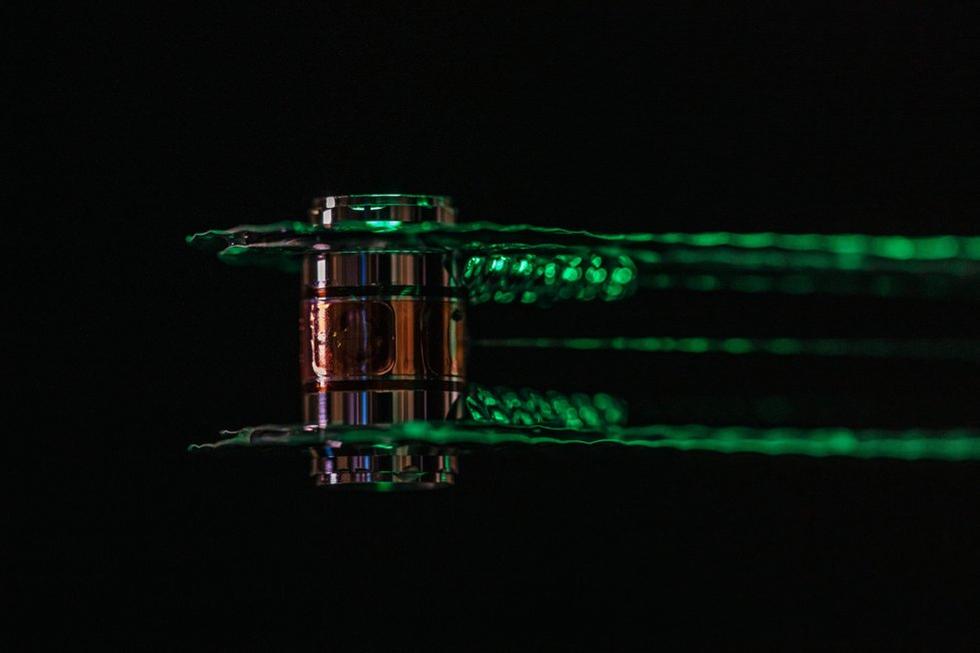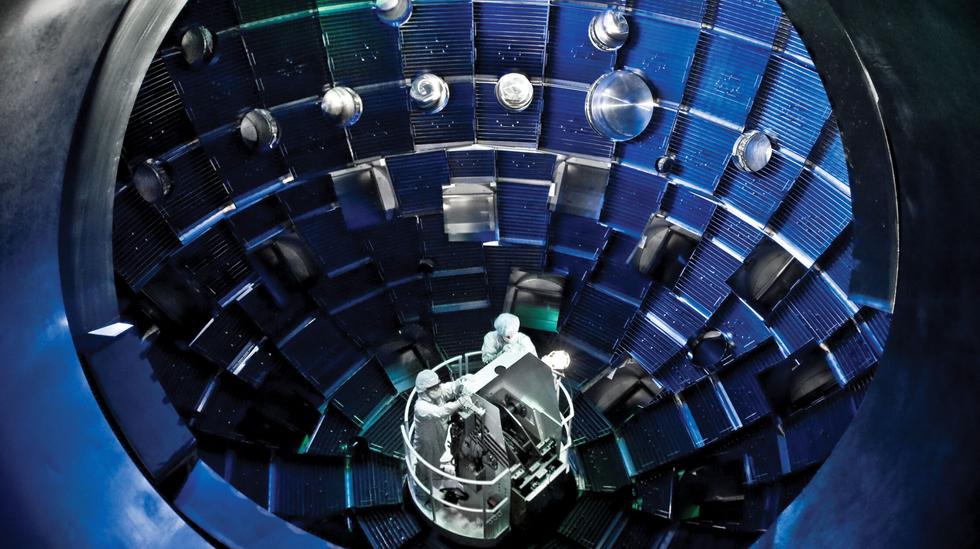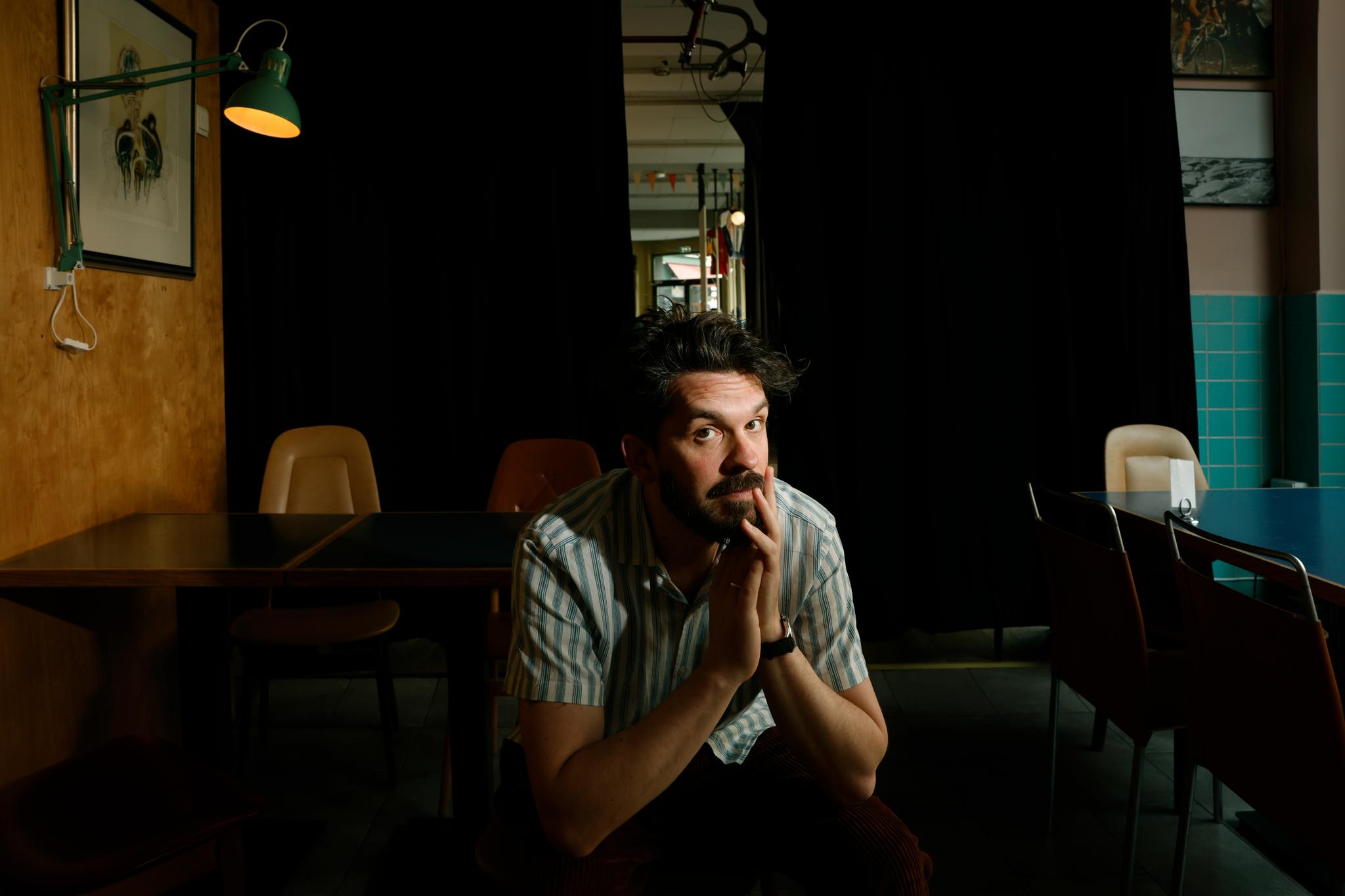Scientists in California have taken several steps in the search for a nearly limitless source of clean energy. They fired nearly 200 laser lights at a cylinder containing a peppercorn-sized fuel capsule.
The goal is to harvest energy from nuclear fusion, thus regenerating the sun’s energy.
Almost exactly a year ago, researchers made a breakthrough at the National Ignition Facility at Lawrence Livermore National Laboratory in California (LLNL). For the first time, they were able to start a nuclear fusion reaction that released more energy than it used, according to Science Alert CNN.
The use of fusion energy is one of the greatest scientific and technological challenges of the twenty-first century. “We are now confident that it is not only possible, but likely, for nuclear fusion energy to become a reality,” says US Secretary of Energy Jennifer Granholm.
Article continues below adArticle continues below ad
Watch the video: Radio signals knocked to the ground
three times
Having achieved its historic net energy gains last year, the next important step was to prove that the process could be replicated.
The researchers have now published a report saying they have been able to reproduce the reaction three times this year. This means progress that could lead to a future solution to the climate crisis.
Brian Appleby, of the Center for Inertial Fusion Studies at Imperial College London, says the repeated success demonstrates the strength of the project. He explains that the reaction can be achieved even when conditions are different, such as a laser or a fuel ball.
Article continues below adArticle continues below ad

The laser energy is converted into X-rays inside the cylinder, which then compresses the fuel capsule until it explodes, creating a high-temperature, high-pressure plasma. Photograph: John Jett/Jake Long/Reuters/LLNL
Physics
When we think about nuclear reactions and nuclear power plants today, we talk about fission. Fission is a process in which the nucleus of an atom splits into two smaller parts, simultaneously releasing large amounts of energy.
Article continues below ad
However, fusion, discussed in this paper, occurs when two light atomic nuclei combine together to form a heavier nucleus. This releases more energy and is also what generates the energy of the sun and stars.
In addition, the nuclear fusion reaction does not leave behind the same radioactive waste as nuclear power plants do today.
The researchers fired nearly 200 laser lights at a ball of hydrogen fuel inside a peppercorn-sized diamond capsule. The capsule was inside a golden cylinder that was heated by a laser. This created a series of extremely rapid explosions and generated large amounts of thermal energy.

Here you can see the golden cylinder that is heated by the laser. Photo: Jason Loria/AFP Photo/Lawrence Livermore National Laboratory
Ten boilers
In the latest and most successful attempt to date, the laser used 2 megajoules of energy and generated 3.88 megajoules. The first successful reaction produced 3.10 megajoules, which was enough to power ten boilers.
Article continues below ad
Therefore, there is still a long way to go before nuclear fusion reaches the level required to power an electrical grid. The focus now is to build on the progress made and figure out how to significantly scale up merger projects and significantly reduce costs.
In December, the US Department of Energy announced a $42 million investment in a program that brings together several institutions, including LLNL, to create centers focused on fusion development.
US climate envoy John Kerry launched an international plan during the climate conference in Dubai with the aim of working to achieve nuclear fusion.
There is a possibility in nuclear fusion to revolutionize our world, change all the options before us, and provide the world with abundant and clean energy without harmful emissions from traditional energy sources.

“Explorer. Unapologetic entrepreneur. Alcohol fanatic. Certified writer. Wannabe tv evangelist. Twitter fanatic. Student. Web scholar. Travel buff.”




:max_bytes(150000):strip_icc():focal(749x0:751x2)/david-duchovny-meg-ryan-tout-103123-5e640c2253474bd0980ca0a8e92142e1.jpg)